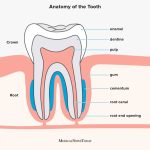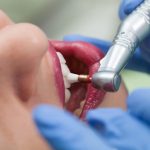When Do Baby Teeth Fall Out? A Complete Guide to Your Child’s Tooth Loss

As parents, we all know that our little ones will eventually lose their baby teeth. However, many of us are unsure of when this will happen and what we should expect. Understanding the timeline of baby teeth loss is crucial for parents to ensure their child’s oral health. Your child’s tooth loss is a natural part of their growth and development, and it’s essential to know what to expect along the way. Most children begin to lose their baby teeth between the ages of 6 and 12 years old. However, every child is different, and some may lose their teeth earlier or later than others. The process of losing baby teeth can be a bit scary for both parents and children, but understanding the timeline and what to expect can help alleviate any worries. In this guide, we will discuss the stages of baby teeth loss, what to expect during the process, and how to maintain your child’s oral health during this exciting time.
Baby teeth, also known as primary teeth, are the first set of teeth that erupt in a child’s mouth. These teeth typically start to appear when a child is about six months old and continue to come in until they are around two to three years old. Baby teeth are incredibly important as they serve as placeholders for permanent teeth, ensuring that the adult teeth grow in properly. They also help children to chew, speak, and smile, which is important for their social and emotional development. Neglecting baby teeth can lead to problems with the development of adult teeth, including crowding, misalignment, or even tooth loss. Therefore, it is important to take care of baby teeth by teaching children to brush and floss regularly, and to visit the dentist regularly to ensure their oral health is on track.
The emergence of baby teeth, also known as primary teeth, is an exciting milestone in a child’s life. Generally, babies start teething at around six months of age, although it can vary from child to child. The first teeth to appear are usually the lower central incisors, followed by the upper central incisors. Over the next few years, the remaining 18 baby teeth will erupt, with most children having a full set of primary teeth by the age of three. It’s important to note that teething can be a painful and uncomfortable experience for babies, and parents should be prepared to provide comfort and relief during this time.
The Timeline of Baby Tooth Loss
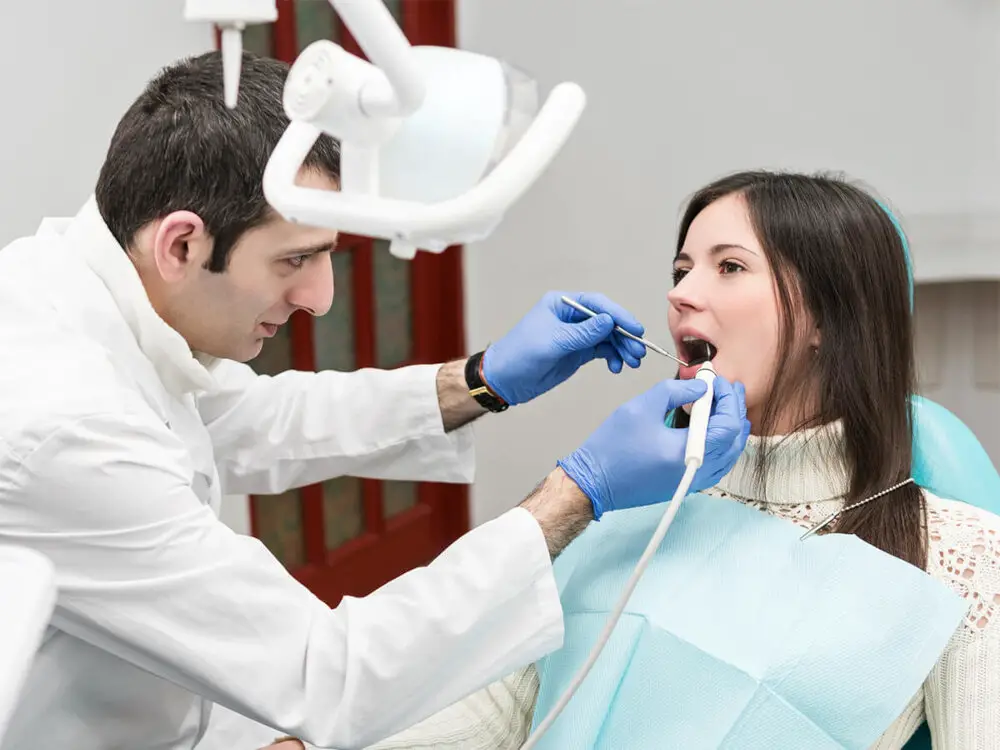
The timeline of baby tooth loss is one of the most important milestones in a child’s development. Baby teeth, also known as primary teeth, begin to emerge around the age of six months, and by the age of three, most children will have a full set of 20 baby teeth. As children grow, so do their mouths, and by the age of six or seven, their baby teeth will start to fall out to make way for their permanent teeth. The process of baby tooth loss typically begins with the lower front teeth, followed by the upper front teeth. From there, the baby teeth in the back of the mouth will start to loosen and fall out. The timeline of baby tooth loss can vary from child to child, but most children will lose their last baby tooth by the age of 12. It’s important to note that the timeline of baby tooth loss is not set in stone, and some children may lose their teeth earlier or later than expected. If you have any concerns about your child’s tooth loss timeline, it’s always best to consult with a pediatric dentist who can provide guidance and advice.
The process of losing baby teeth is a natural part of a child’s development, and it typically spans from ages six to twelve. At around six or seven years old, the lower front teeth are usually the first to loosen and fall out. Shortly after, the upper front teeth follow suit. Between ages eight and ten, the molars and canines start to loosen, and by age twelve, most children have lost all of their baby teeth. However, it’s important to note that this timeline may vary for each child, as some may lose their teeth earlier or later than others. Parents can help their children manage this transition by encouraging good oral hygiene habits and providing comfort during any discomfort or pain.
Tooth loss is a natural process that occurs as a result of the growth and development of teeth in the mouth. Baby teeth, also known as primary teeth, typically begin to fall out around the age of six or seven, making way for the permanent teeth to take their place. This process is known as exfoliation. As the permanent teeth begin to erupt, they push against the roots of the baby teeth, causing them to loosen and eventually fall out. The permanent teeth then take their place in the mouth, completing the process of tooth replacement. While this process is natural, it is important to maintain good oral hygiene to ensure the health of both baby and permanent teeth.
Signs that Your Child’s Teeth are Ready to Fall Out
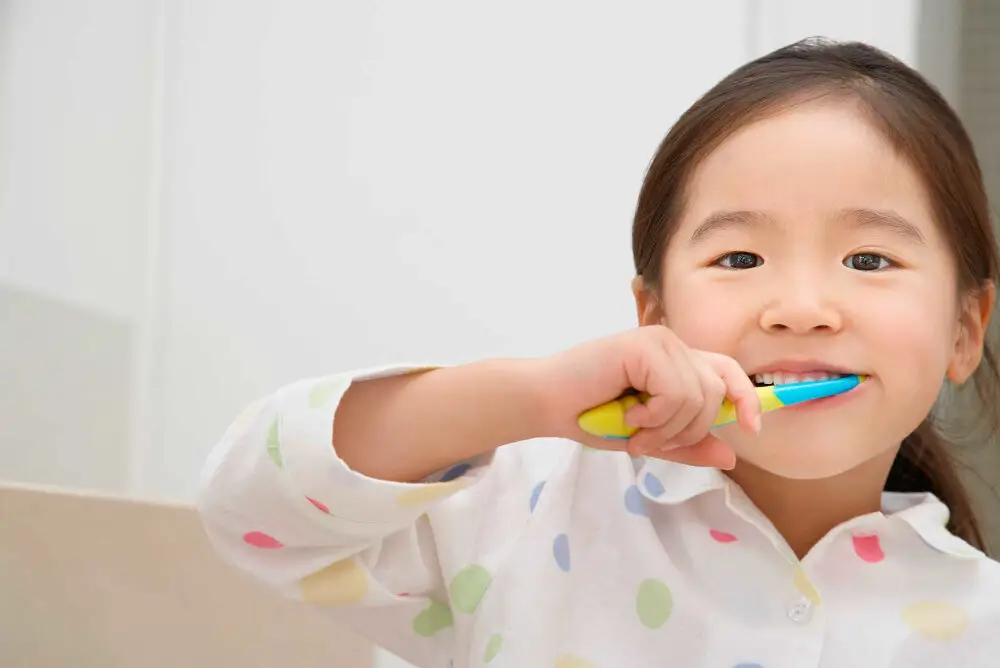
As a parent, it’s important to know when your child’s baby teeth are ready to fall out. By understanding the signs and symptoms of tooth loss, you can help your child prepare for this natural process and reduce any discomfort they may experience. One of the most obvious signs that your child’s teeth are ready to fall out is when they become loose. This can happen anywhere from a few months to a year before the tooth falls out. You may notice that your child’s tooth looks crooked or tilted as it becomes loose. Some children may also experience bleeding or inflammation of the gums around the loose tooth. Another sign that your child’s teeth are ready to fall out is when they start to wiggle their tooth with their tongue or fingers. It’s important to encourage your child to avoid pulling or twisting their loose tooth, however, as this can cause pain and damage to the surrounding gum tissue. Instead, encourage them to gently wiggle their tooth and allow it to fall out naturally. Additionally, your child may experience some mild discomfort or pain as their tooth begins to loosen. If your child complains of pain or discomfort, you can provide them with over-the-counter pain relief medication or apply a cold compress to the affected area to help alleviate their symptoms.
As a child grows, their baby teeth will eventually fall out to make way for permanent teeth. It’s important to know when your child’s baby teeth are ready to come out to avoid any potential dental problems. Some common signs that indicate a baby tooth is ready to fall out include the appearance of a permanent tooth coming in behind it, the tooth becoming loose and wiggly, and the gum tissue around the tooth becoming swollen or red. Your child may also complain of discomfort or pain when chewing or brushing their teeth. If you notice any of these signs, it’s best to encourage your child to wiggle the tooth gently to help it come out on its own or schedule a visit to the dentist to have it removed professionally.
Baby teeth, also known as primary teeth, fall out because they make room for permanent teeth to come in. As children grow, their jawbones expand and grow, requiring more space for larger, adult teeth. The roots of baby teeth begin to dissolve, allowing them to become loose and eventually fall out. This process usually starts around the age of six and continues until the age of 12 or 13 when all permanent teeth have erupted. However, the timing of tooth loss can vary for each child, and factors such as genetics, nutrition, and oral hygiene can also play a role in the process. It is important for parents to monitor their child’s dental development and consult with a dentist if they have any concerns.
Helping Your Child Deal with Tooth Loss
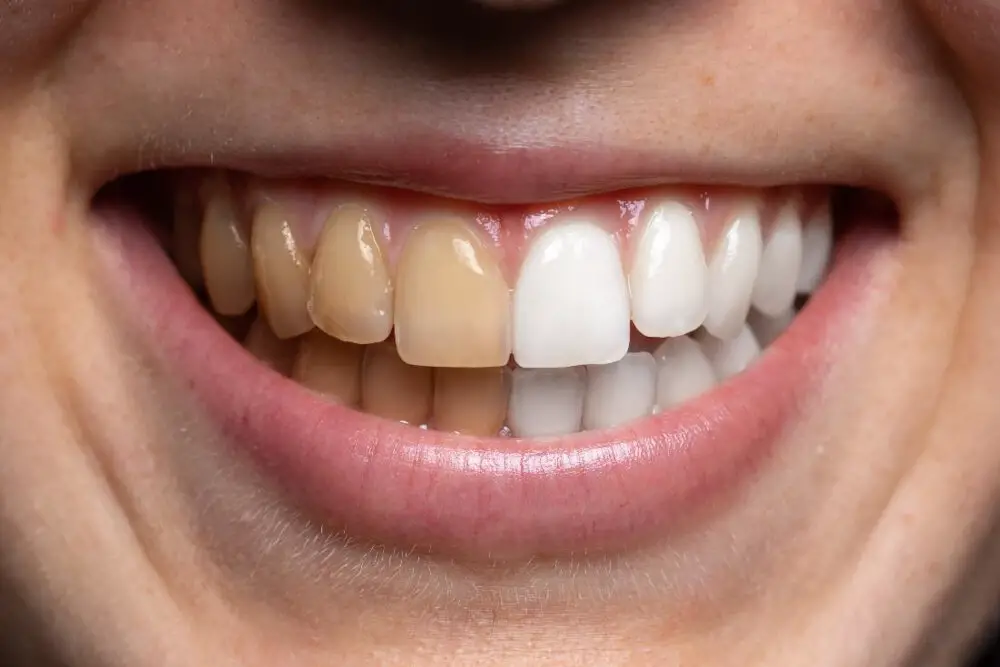
Tooth loss is a significant milestone in every child’s life. As parents, it is essential to help your child cope with the loss of their baby teeth. It is a natural process that every child goes through, but it can be a difficult and emotional experience for them. One way to help your child is to reassure them that losing teeth is a normal part of growing up. Explain to them that they are not alone in this process and that many other children their age are also losing their baby teeth. Another way to help your child deal with tooth loss is to celebrate this achievement. You can create a tooth fairy tradition in your home, where your child can place their lost tooth under their pillow and receive a small gift in return. This can help your child view the experience as a positive and exciting event rather than a scary or upsetting one. Additionally, you can encourage your child to take care of their new teeth by teaching them proper oral hygiene practices, such as brushing and flossing regularly. This can help them feel proud of their new teeth and take ownership of their oral health. Overall, helping your child deal with tooth loss is an important part of parenting and can help ensure a positive and healthy experience for your child.
Tooth loss can be a difficult and distressing experience for children. As a parent, it’s important to help your child cope with both the emotional and physical aspects of losing a tooth. Encourage your child to talk about their feelings and offer reassurance that losing baby teeth is a normal part of growing up. Provide pain relief if necessary and help your child maintain good oral hygiene to prevent infection. Celebrate the milestone of losing a tooth with your child by leaving a note from the tooth fairy or having a special treat. With your support and guidance, your child will be able to navigate the ups and downs of tooth loss with confidence.
Losing baby teeth is a milestone in every child’s life, and it’s important to celebrate it! One way to commemorate this special occasion is by making a scrapbook or shadow box filled with your child’s lost teeth and photos of their toothless grin. You could also throw a small party with family and friends, complete with tooth-shaped cookies and a special tooth fairy visit. Another fun idea is to create a chart or poster to track your child’s tooth loss progress, and have them color in each tooth as it falls out. No matter how you choose to celebrate, make sure to make it special for your child, as they will remember this milestone for years to come.
What to Do if a Baby Tooth Doesn’t Fall Out Naturally
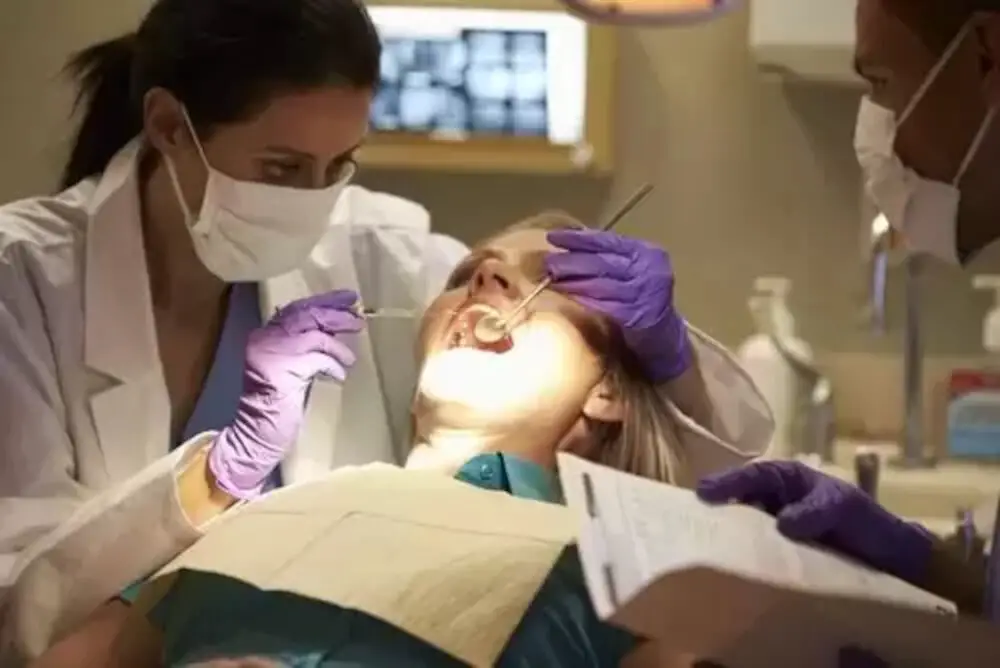
Losing baby teeth is a natural process that usually occurs between the ages of 6 and 12. However, in some cases, a baby tooth may not fall out naturally, and it can be a cause of concern for both parents and children. If your child has a baby tooth that hasn’t fallen out by the time their permanent teeth are coming in, there are several things you can do to help. Firstly, it’s important to understand that not all baby teeth fall out on their own. In some cases, the root of the tooth may not dissolve properly, or the permanent tooth may not be pushing the baby tooth out of the way. If your child’s baby tooth hasn’t fallen out naturally, it’s best to consult a dentist. They can take an X-ray to see what’s going on underneath the gum line and determine if any intervention is necessary. In some cases, the dentist may need to remove the baby tooth to make way for the permanent tooth. However, in other cases, they may recommend waiting a little longer to see if the baby tooth falls out naturally.
Baby teeth, also known as primary teeth, usually fall out on their own when the permanent teeth begin to emerge. However, in some cases, a baby tooth may not fall out naturally and may require professional intervention. One reason for this could be that the permanent tooth is not pushing against the root of the baby tooth with enough force to cause it to fall out. Additionally, if the baby tooth has deep roots or is not positioned correctly, it may not loosen and fall out as it should. In some cases, a baby tooth may need to be extracted by a dentist to make room for the permanent tooth to emerge properly. It is important to monitor your child’s tooth loss carefully and consult with a dentist if you have any concerns.
When it comes to removing stubborn baby teeth, there are several options available. One of the most common methods is to simply wait for the tooth to fall out naturally. However, if the tooth is causing discomfort or is not coming out on its own, a dentist may recommend extraction. This can be done using local anesthesia, and the tooth is typically removed in one piece. Another option is to use orthodontic treatment, such as braces or a retainer, to shift the surrounding teeth and encourage the stubborn tooth to fall out. In some cases, a dentist may also recommend a space maintainer to prevent future dental problems. Ultimately, the best course of action will depend on the specific situation and the advice of a dental professional.
Baby teeth, also known as primary teeth, play a vital role in a child’s development. They help with speech development, chewing food, and maintaining space for the permanent teeth. The tooth loss process typically begins around age six, starting with the front teeth and continuing until around age 12 when all the permanent teeth have erupted. It’s important for parents to monitor their child’s tooth loss to ensure that their permanent teeth grow in properly. Early loss of baby teeth can lead to misaligned permanent teeth and other dental problems. It’s also important to establish good oral hygiene habits early on to prevent decay and other dental issues that can affect both baby and permanent teeth.
As a final thought and advice for parents of young children, it is essential to be proactive in your child’s dental care. Regular visits to the dentist, healthy eating habits, and proper oral hygiene practices are all crucial in ensuring your child’s teeth stay healthy. It is also important to be patient and understanding during this time of tooth loss, as it can be a scary and uncomfortable experience for some children. Encourage your child to express their feelings and provide comfort and support throughout the process. Remember that baby teeth are temporary, but good oral health habits will last a lifetime.
Conclusion
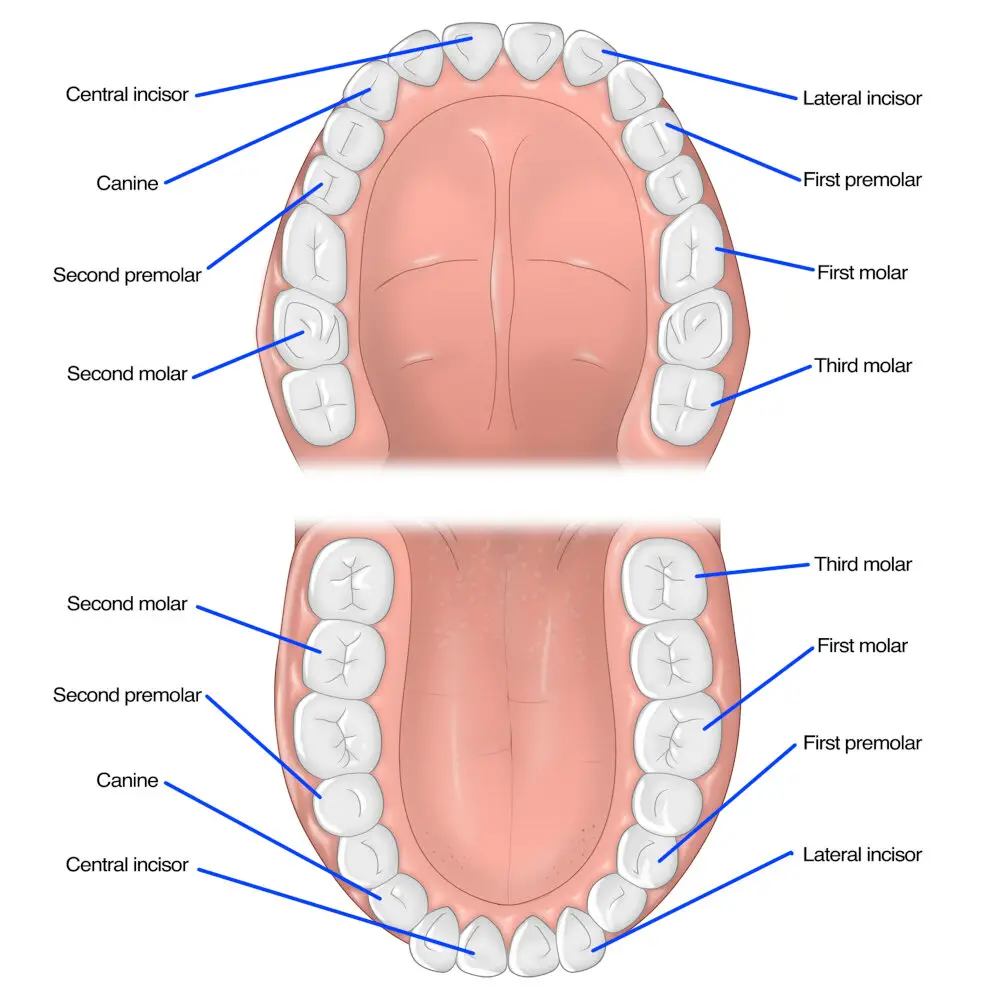
In conclusion, understanding when baby teeth fall out is an essential aspect of a child’s dental development. It is a natural process that occurs at different ages for each child and is influenced by various factors. Parents and caregivers should pay close attention to their child’s oral health and schedule regular dental check-ups to ensure that their child’s teeth are developing correctly. By following the guidelines outlined in this guide, parents can help their children maintain healthy teeth and prevent potential dental problems in the future. Remember, proper dental care during childhood sets the foundation for a lifetime of healthy teeth and a beautiful smile.



